For the past few weeks, the streets of Hyderabad have been buzzing with news of demolitions. The Hyderabad Disaster Response and Asset Monitoring and Protection Authority (HYDRAA) has been on a mission to remove illegal constructions. So far, 263 structures have been torn down across 23 areas, raising eyebrows and causing distress among residents and business owners. Even top political figures and celebrities have not been spared.
But why all this sudden activity?
Table of Contents
Hyderabad: A City of Pearls, Lakes, and Heritage
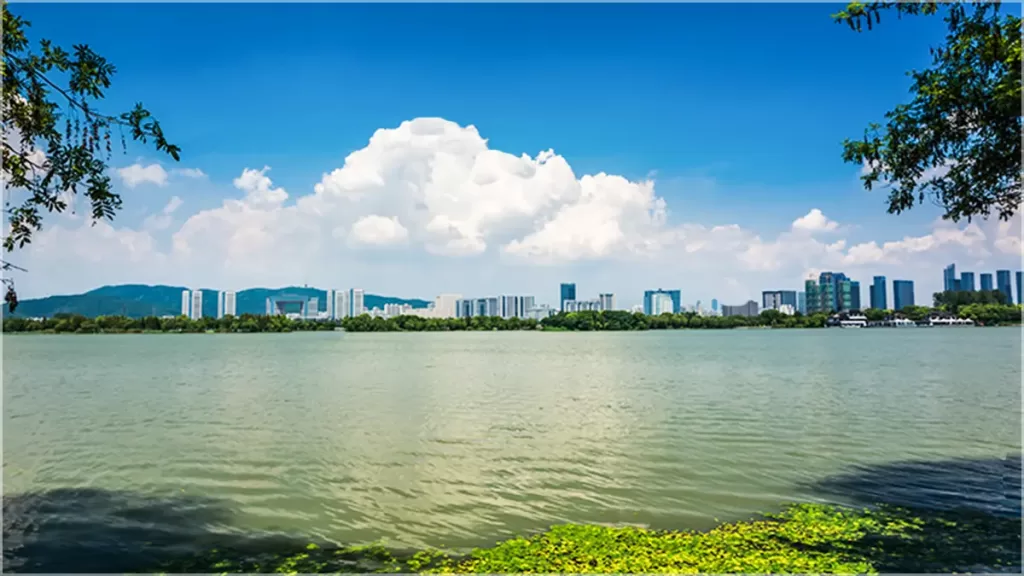
Hyderabad is often called the “City of Pearls,” famous for its rich history, greenery, and booming IT and pharmaceutical industries. But not many know that it is also known as the “City of Lakes.” According to records from the Hyderabad Metropolitan Development Authority (HMDA), there were once around 2,569 lakes in the city. However, a recent survey revealed that only 250 lakes remain today.
The loss of these lakes has been an ongoing issue, dating back to 1956. One of the major reasons for this decline is illegal encroachments—land grabs, unauthorized buildings, and misuse of buffer zones around lakes. That’s where HYDRAA comes in.
HYDRAA’s Mission
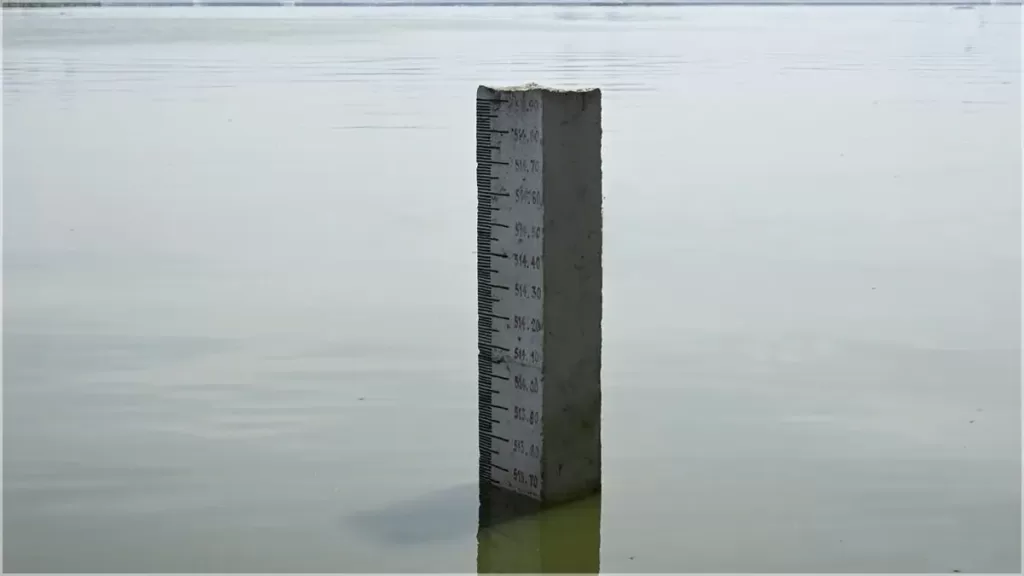
HYDRAA, under the leadership of Telangana’s Chief Minister, Revanth Reddy, is tackling illegal constructions in Full Tank Level (FTL) and buffer zones around lakes. This government body was formed to protect public lands, ponds, and drainage systems from encroachments and unauthorized development.
After the division of Andhra Pradesh and Telangana, 18 Chief Ministers have led the state, but Revanth Reddy seems to be the first to take such decisive action. HYDRAA’s current wave of demolitions began with high-profile targets. Luxury farmhouses and villas, even those belonging to well-known figures like film star Akkineni Nagarjuna, have been brought down. Now, the crackdown has reached smaller houses and even huts.
Residents in Shock
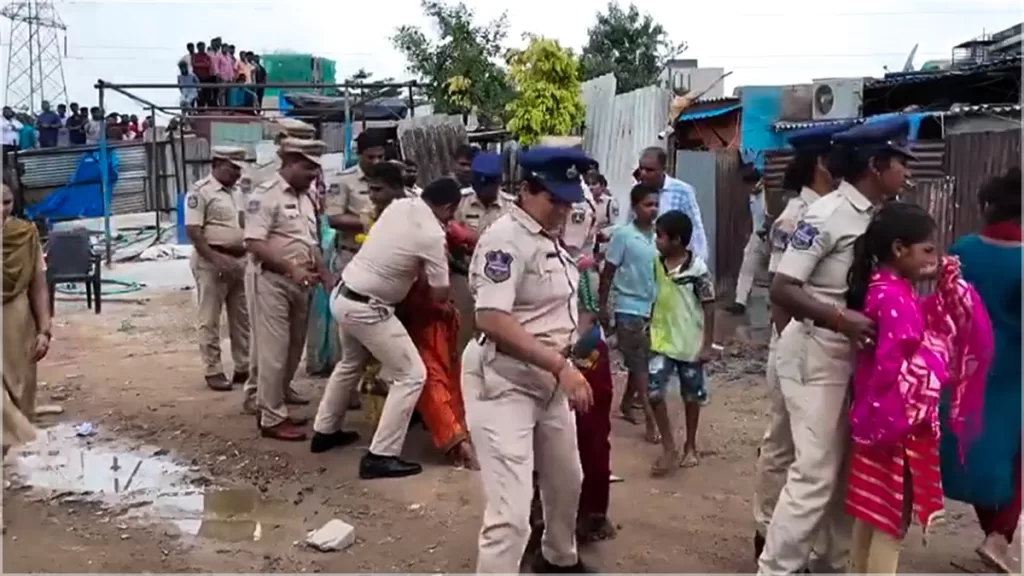
For many Hyderabad residents, HYDRAA’s actions have come as a painful surprise. Small business owners and homeowners in the affected areas are facing huge losses. Some are still paying off loans for properties that are now demolished.
“We trusted builders who had HMDA permissions. Banks gave us loans based on these documents. How could we have known?” asked a frustrated resident.
The problem, many argue, lies not just with the homeowners, but with multiple departments involved in allowing these illegal constructions to happen in the first place. Roads, water connections, electricity, and even property registrations were provided for homes in areas marked as non-construction zones.
Who Is to Blame?

This situation has left many questioning: who is responsible? The GHMC (Greater Hyderabad Municipal Corporation) allowed roads and water connections. The sewage department installed drainage systems, and electricity was provided without proper checks. Even property taxes were collected yearly from these residents.
“How can the common man be the only one to suffer for mistakes made by so many departments?” one local expert remarked.
HYDRAA’s Justification
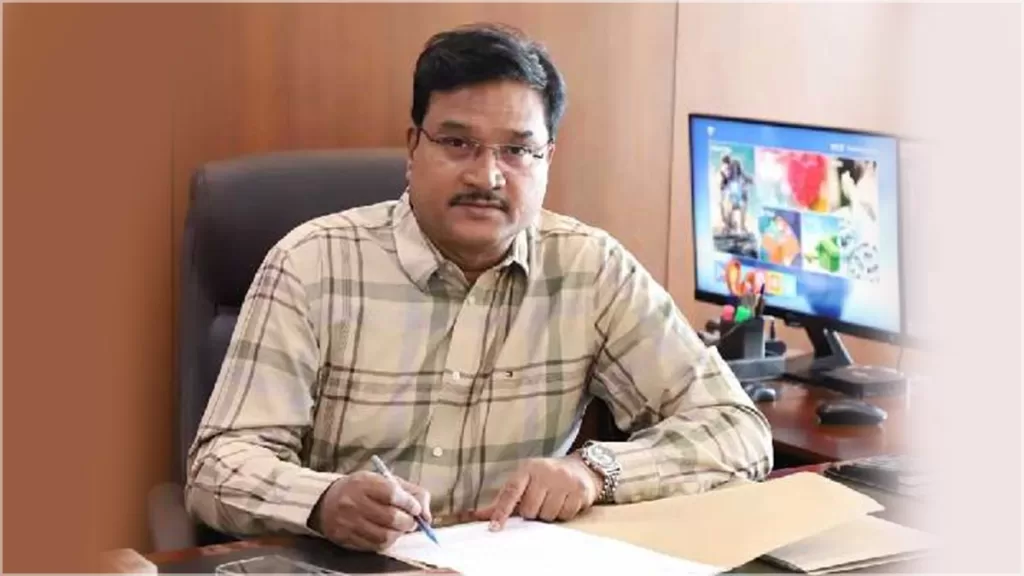
Despite the backlash, HYDRAA and Chief Minister Revanth Reddy are standing firm. According to them, these demolitions are essential for the city’s future. Removing encroachments will prevent future floods, and water scarcity, and help restore the lakes, which are crucial for future generations.
HYDRAA chief Mr. Ranganathan recently assured some relief for affected families, though the demolitions will continue. He pointed out that the illegal encroachments were contributing to environmental issues, and clearing them will have long-term benefits.
The Way Forward
While many agree that the intention behind HYDRAA’s actions is right, the implementation has been criticized. Residents have complained about receiving no prior notice before the demolitions began, with some being asked to vacate their homes within minutes.
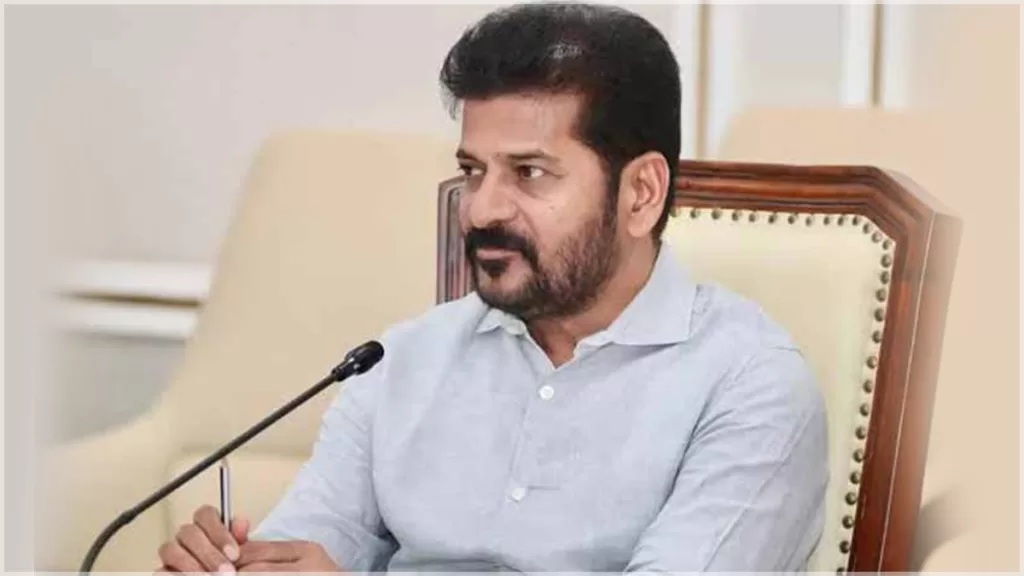
Moving forward, some believe that the government should focus on holding departments accountable for granting illegal permissions. The CM should also consider offering compensation or loan waivers for affected homeowners, who are now left struggling to pick up the pieces.
The HYDRAA demolitions have certainly opened up a larger conversation about how Hyderabad can balance development with environmental preservation. But for now, many ordinary citizens are left asking the same question: who should we blame?
As HYDRAA’s bulldozers continue their work, the city waits to see how this chapter will unfold. The intention to save Hyderabad’s lakes and prevent future floods is noble, but the process is leaving many families in distress. Whether the government will offer relief to those affected remains to be seen. One thing is clear: this bold move has sparked a debate that will echo for years to come.


